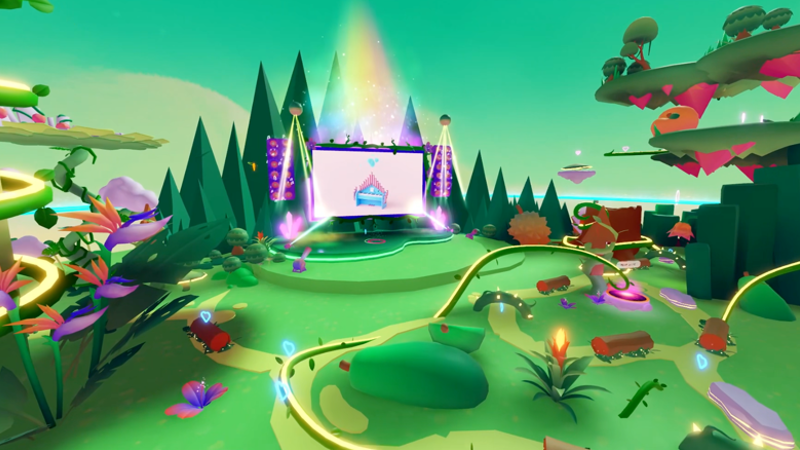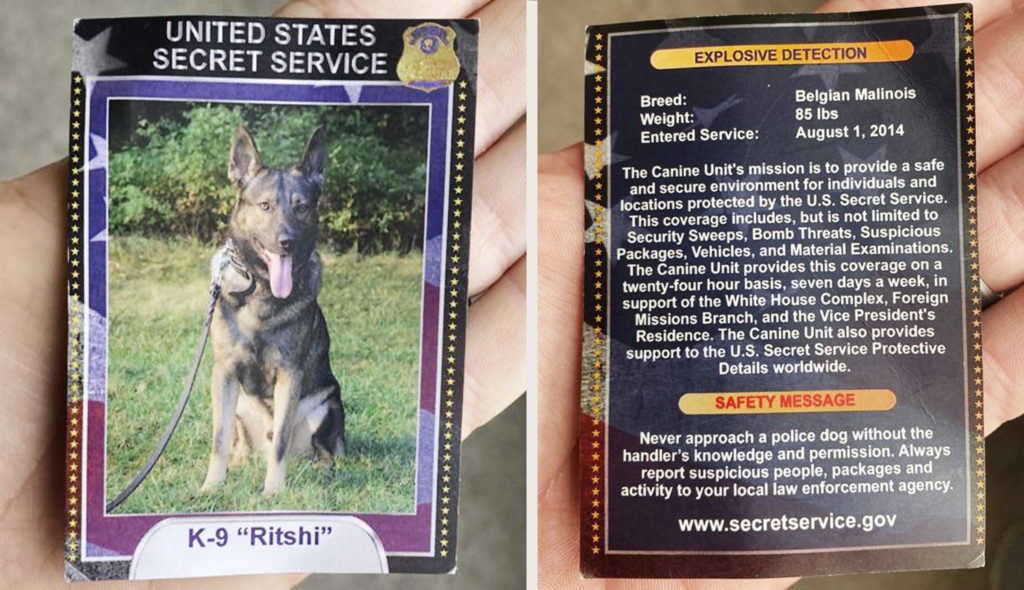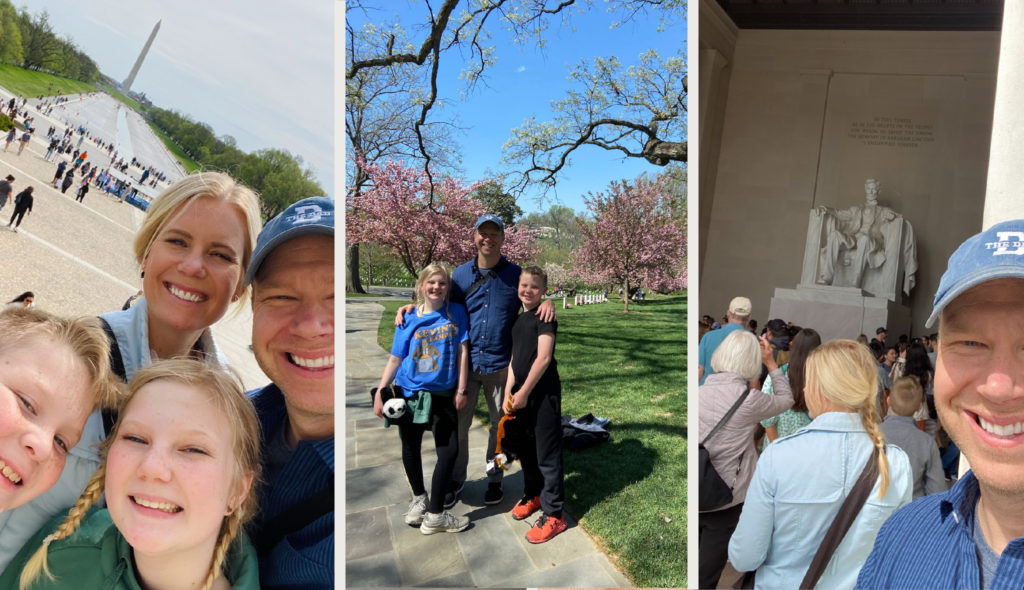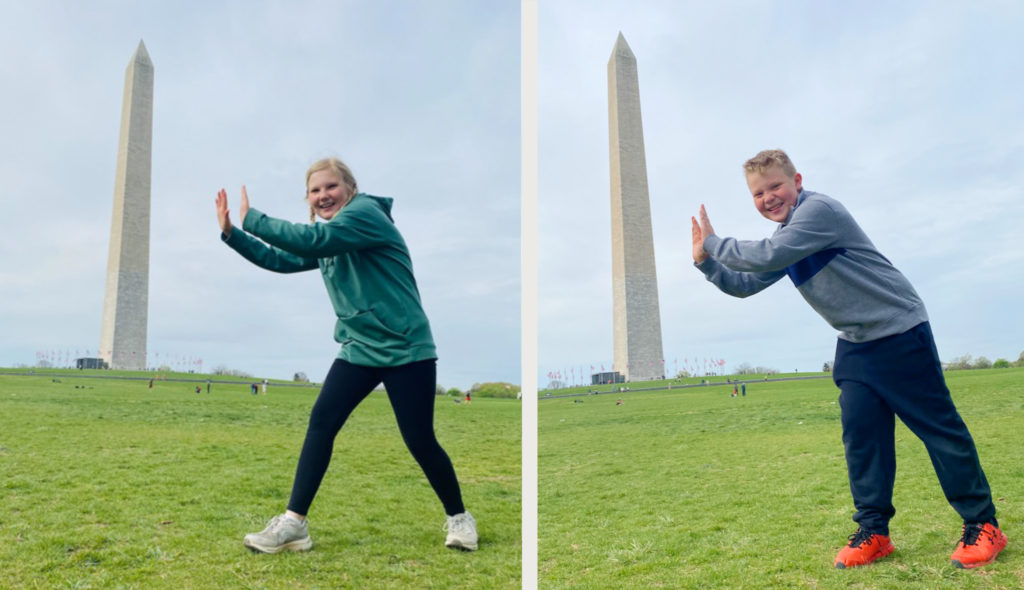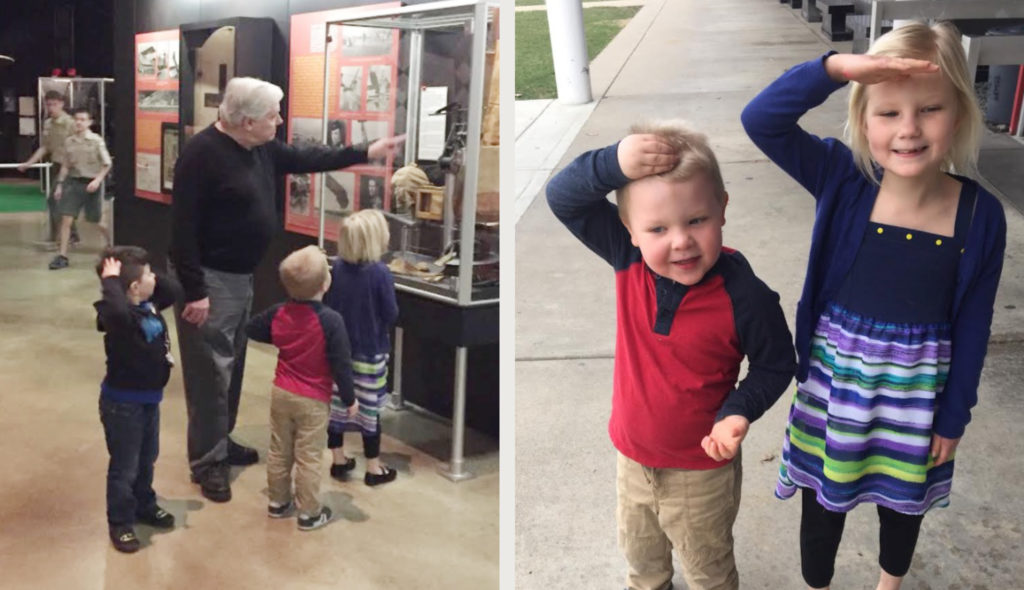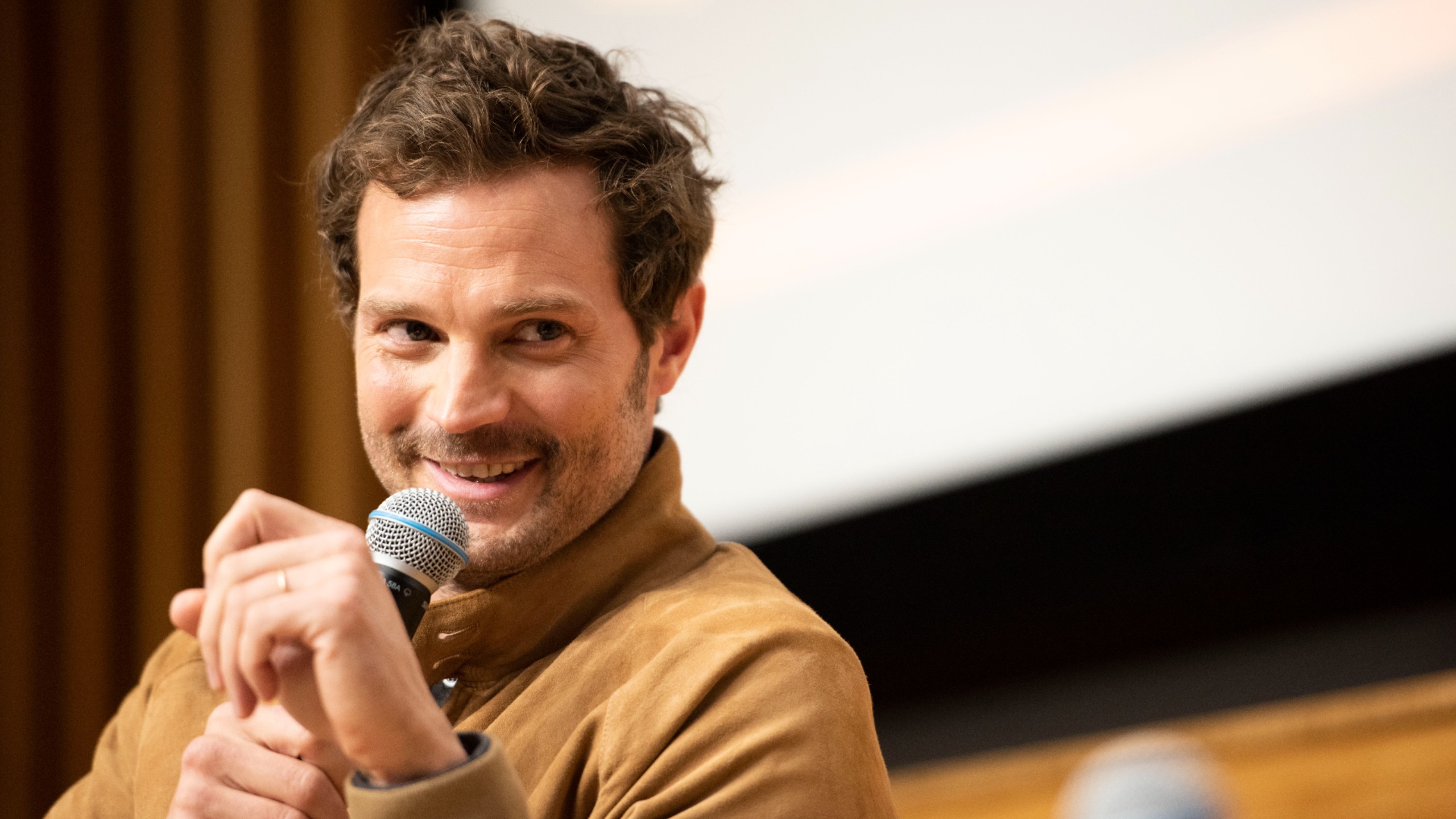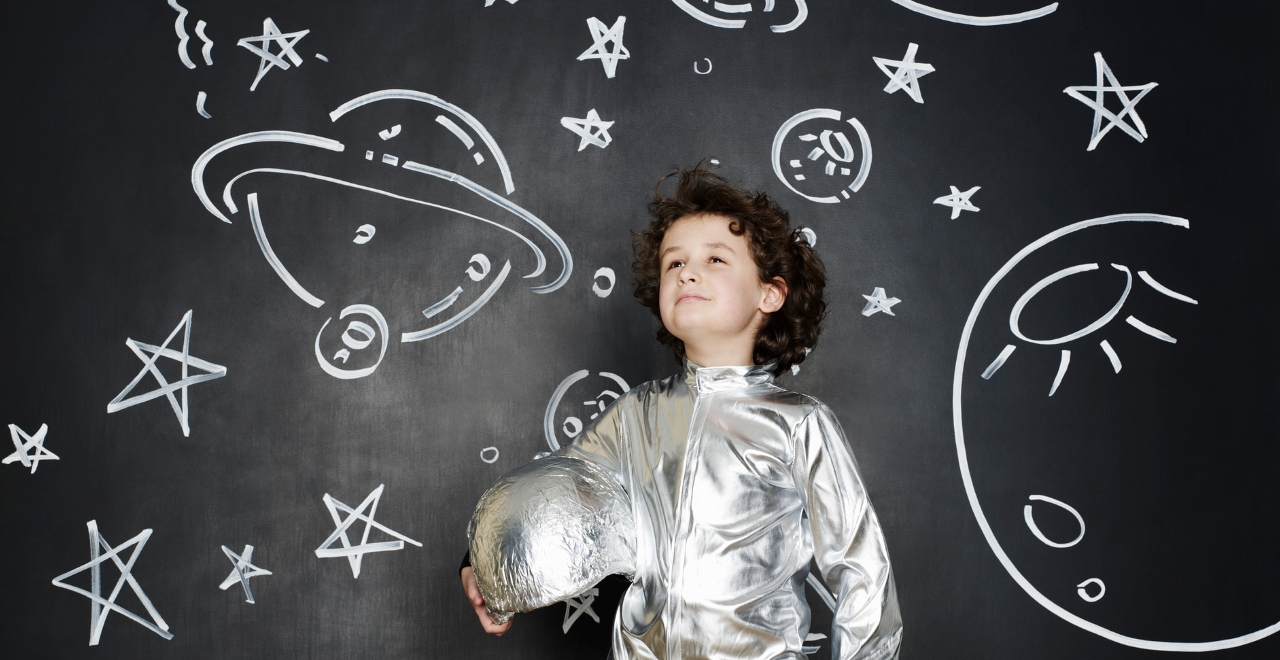
Your kids probably love outer space, right? Even kids who aren’t science-oriented seem to have a fascination with the universe. Hey, we don’t blame ’em — you don’t have to be an astronaut (or a wannabe astronaut) to appreciate the vast and mysterious expanse above us. There’s just so much out there. Even with just your own set of eyes, you can see some pretty cool stuff. You didn’t need a fancy telescope to find 2020’s “Christmas Star” or marvel over the “Great American Eclipse” of 2017.
Whether you’re sitting through another cartoon space adventure, working on a science project, or just simply want to earn points as the coolest dad on the block, some weird info about outer space can be a great contribution. Does your kid know what an astronomical unit is? Or have they wondered what it’s like on the moon? We’ve rounded up some of the most interesting and quirky space facts for kids we could find. Share ‘em as you see fit.

Fun Space Facts For Kids
1 Mercury’s craters are named after famous artists, musicians, and authors (there aren’t any named after Disney characters yet, but there is one named Disney!).
2. Mercury is shrinking due to its fault scarps, which were discovered in 2016 thanks to a purposely crashed spacecraft.
3. Neither Mercury nor Venus have moons.
4. While most planets are similar to Earth and rotate around a north-south axis, Uranus rotates on its side.
5. Venus is the hottest planet in the solar system. Betcha thought that record belonged to Mercury, eh?
6. Litter is everywhere, including space. Thanks to our constant quest to know more about our solar system, there are now-defunct satellites and out-of-service spacecraft scattered throughout our galaxy.
7. If you combined the mass of all other planets and doubled it, that object would still be smaller than Jupiter.
8. Mount Everest is only the tallest mountain on Earth. Mars’ Olympus Mons is more than 10 miles taller, making its peak nearly three times as high.
9. Jupiter is also the “owner” of the galaxy’s most active moon. Its moon, Io, has hundreds of volcanoes. They are in an almost constant state of eruption due to Jupiter’s gravitational pull.
10. On Neptune, one year is equal to 164.8 Earth years. In other words, you won’t live long enough for Neptune to complete even one rotation around the sun.
11. Neptune’s moon, Triton, orbits the planet “backward.”
12. Uranus’ blue glow is thanks to its atmospheric gases.
13. The Hubble Space Telescope has helped astronomers write more than 15,000 research papers.
14. While it seems like we’re on a never-ending space quest to find water on Mars, we do know that ice exists throughout our solar system — including on our own moon and even in shadowed Mercurian craters.
15. The first food ever eaten in space was applesauce.
16. The sun is 4.6 billion years old.
17. Did you know that technically the color white isn’t a lack of colors, but all colors mixed together? This phenomenon accounts for why the sun appears white to us.
18. You could fit more than one million Earths inside the sun.
19. The sun is made of about a quarter of helium.
20. The distance between Earth and the sun is called an astronomical unit.
21. Did you know the sun makes its own orbit? It takes roughly 225 to 250 million years to complete one orbit around the center of our galaxy, the Milky Way.
22. When the sun runs out of hydrogen, it will begin expanding and devour Mercury, Venus, and Earth. Don’t worry, though! Scientists believe we have another five billion years before that happens. Even your grandchildren’s grandchildren’s great-great-grandchildren won’t see this happen.
23. There are more stars in space than grains of sand on Earth. (If you want to fact check that, you better start counting.)
24. The first woman in space was Russian astronaut Valentina Tereshkova.
25. There’s no wind on our moon.
26. Because of the lack of wind, our astronauts’ footprints will never disappear.
27. Combined with the sun’s, the moon’s gravitational pull creates our tides.
28. No matter where you are on Earth, you’re always seeing the same side of the moon.
29. We know more about our moon than our oceans. It’s true! We’ve mapped 100 percent of our moon’s surface. However, we’ve only explored about five percent of the ocean floor.
30. Sure, you know about black holes, but what do you know about white holes? Despite having never discovered one, scientists know it’s mathematically possible they exist.
31. The center of the galaxy reportedly smells like rum and tastes like raspberries. Um, yum! Wondering why? Well, that would be thanks to the chemical ethyl formate, which gives both their distinct smell and taste. It was recently discovered in a gas cloud near the center of the Milky Way.
32. “Outer space” is only 62 miles away. That means you’re closer to outer space than Disney World is to Miami or Los Angeles is to San Diego.
33. Space is completely silent.
34. Mars has a lower gravity level than Earth, which means a 200-pound person on Earth would only weigh 76 pounds if they were on Mars.
35. Comets are made of sand, ice, and carbon dioxide. Scientists believe they’re the unused materials from the formation of the solar system.
36. A complete NASA suit costs $12 million. Most of the cost is for the backpack and control module on the suit. These outfits were created in 1974 and would cost about $150 million to make today.
37. There are three trillion trees on Earth and 100 to 400 billion stars in the galaxy. So, there are more trees on planet Earth than stars in the milky way.
